Welcome to episode 48. This week we continue on our travels around Hokkaido, visiting a number of sites around the Taisetsuzan National Park. The Taisetsuzan National Park covers 2,267 square kilometers, around the highest peak, Mount Asahi, but also envelopes a few other areas that we’ll look at today, including some shots from near the Shikaribetsu Lake, the Souunkyou and Tenninkyou Gorges, and Mount Asahi itself. We pick up the trail after traveling from the Furano and Biei area that we looked at last week, and head over to the Souunkyo Gorge via Shikaribetsu Lake.
So, we pick up the trail on the 16th of July, 2006 as I set off from the Furano and Biei area driving along some country but mostly mountain roads to Souunkyo where I’ll stop for this day. The drive over took quite a long time as when you get up into the mountains it often became so misty that visibility was down to around 20 metres or so, making it rough going some times. As usual though, we always look for the best of any situation, and I was presented with a number of great images along the way. Let’s get right down to looking at these with the first image for today, number 1065. Here we see a number of silver birch tree trunks protruding from a bed of ferns and grasses. This scene was a few hundred meters before a small village with some hotels and pleasure boats etc. that is typically found in most large Japanese lakes. This particular lake is called Shikaribetsuko. The “ko” at the end of the name actually means lake, so this is the Shikaribetsu Lake. I didn’t shoot the actual lake though, as you can see, there was a bit of a pea-souper enshrouding this area. Mountains pretty much make their own weather and many of the mountains that for the Taisetsuzan range do just this, making clouds.
In this shot, made at F10 for 1/20th of a second, ISO 100, I’ve basically concentrated on the trunks of the trees, though there is another shot in my gallery at martinbaileyphotography.com that was shot vertically and includes the tops of the trees. Once again, I’ll include a link in the show notes that will list all shots from the trip in case you are interested. In this particular shot, not having the top of the trees allows us to focus on the repeating patterns of the trunks, and how they quickly fade out of visibility as we go further back into the scene. In fact many are reduced to just a few barely visible vertical streaks in the dark shadows. I have added two thirds of a stop exposure compensation due to the white mist causing the camera to underexpose. Mist or fog can be quite tricky because it’s basically very white if there is sunlight above, but if not, the scene can actually be quite dark. Basically you have to keep your eye on the histogram if you are using digital. If you use film, I’d say for relatively light mist, as in just quite of a lot of white diffused light around, adding half to two thirds of a stop will ensure the mist is registered as a white haze and not just the entire scene made dark and underexposed.
I actually spotted this location while driving and literally just pulled up into a lay-by at the side of the road. In addition to the birch trees, there was some wild flowers right there at the road side. In image number 1067 we can see some wonderful yellow flowers with long stems, reaching up from the embankment. I actually have not been able to ID these flowers yet, so if anyone knows what they are called, please drop me a line either in the forum or via the Contact us form on the Web site. I positioned my tripod to get down to just a little higher than them, to keep the height of the yellow flowers within the same region, but allowing us to see the out of focus in the background. This leaves the bottom third of the frame without any yellow, and also we can see that the tallest flower in the background has also been included. It’s difficult to see with the size of the Web version but the stems are actually all covered in tiny droplets of water from the mist, making for a quite an effective shot when viewed at full size.
I usually like to get in a little closer than this, but if you look at the EXIF data on the Web site, you’ll see that I was shooting at a focal length of 173mm, and not the full extent of this lens which is 200mm. I can’t claim to have had any kind of clear plan behind this and don’t quite know why this works for me other than it looked better to me through the finder when composed like this. In post processing I tried cropping the image a little tighter too, but again didn’t really like it, so this is totally un-cropped. This was shot at F4 for 1/100th of a second with ISO 100. I was no longer using any exposure compensation as I was close enough to the subject for the mist to really effect the exposure. If anything I think I might have even tried minus one third exposure compensation because of the slightly darker background against the bright flowers, but I think I’d have preferred the light, fresh feel of this version anyway.
The mist here was rolling along the mountain from my left, and so the left side of my head and clothing was getting quite wet by now, and I was only protecting my camera body by draping a cloth over it, so I decided to go back to the car. Something to note hear is that stopping at the side of the road in mist can be dangerous when visibility is this low. It’s definitely advisable to only do so when there is a lay-by that will allow you to get your car totally off the road, and ensure that you put on your lights and hazard lights too to give approaching cars a chance to see you. I’d wandered quite a way back up the lay-by, and so it took a little while to see my hazard lights flashing through the mist as I approached the car, and although I’d have heard the crunch if anything had hit it, I must admit I was relieved to see the lights in tact. The other danger as well is you yourself getting hit, especially because not many people come equipped with hazard lights. Basically, make sure that you don’t wander into the road in a state of photographic euphoria and you should be fine.
OK, so moving on. As I said, the ultimate goal for today was Souunkyou. This literally translated means the Gorge of Layered Clouds. Having arrived at the hotel in the mid-afternoon I took a ride on the ropeway up the mountain known as Kuro-dake, which translates as Black Mountain because of the very dark colour of the highest peak. I shot some photos on this first day, but it was more of a stroll to cap the day off, then back to the hotel for dinner. The following morning I was first in the queue for the 5:30AM ropeway. It’s amazing how busy this ropeway gets. The single car probably holds fifty or sixty people, but it was full. Most people are either heading up there for hiking or photography at this time, though there are a few general tourists as well. I shot a few images of the mountains, with the clouds filling the valley, but I was not overly happy with these so we’ll move on to one example of the other reason I was here. There are a fair few species of alpine plants. I shot a fair few images but only really liked a few of them.
The next image we’ll look at today is number 1075 in which I caught a moment when a fly and what I think is a type of bee standing on a flower of a plant known as Ezokinbai in Japanese. I’ve found the academic name of this plant, but couldn’t find a common English name. I’ll update the site later if I find this, but the focus of this image is really the bee and the fly. I shot this in Manual mode with an aperture of F5.6 for 1/160th of a second, at ISO 100. I’ve pushed the yellow a bit on this shot to show how bright the yellows were, but I’m not really sure that it works. Depending on your monitor this might look a little over done.
I wanted to quickly mention a hint that I got from Landon, a member of our community following last week’s episode. I mentioned a technique that I have started to use recently whereas I use a mask to reveal some slightly less saturated areas of an image that I processed with the Landscape Picture Style on my Canon EOS 5D. When certain areas of the red channel is over-saturated in the RAW image I was copying the same image and lowering the red’s saturation, and I’ve seen detail dropping back in for the most part so far. Landon had a great point that the detail might even be lost in this version though due to the picture style, so from now on what I’ll do in these cases is, process one with the Landscape Picture Style for the overall punchy look that I’m after, but then process a second version, probably in the Standard picture style which does not have over exposed Reds, and use that with a mask to drop in those areas. This way, I will be able to keep the overall look, but not at the expense of the detail in the highly saturated area. Thanks for bearing with me on the discussion on this Landon and I ended up with a new gem of information for my workflow, so double thanks for that.
After spending a few hours up the Black Mountain, I drove few hours Tenninkyou, which is just a short distance from where I’d spend the night of the 17th in preparation for the main attraction of this week the following day. Tenninkyou is another gorge and is the location of the Hagoromo Falls that we can see in image number 1078. I’ve spoke about these falls way back in Episode 8 about getting in close Landscape shots. If you haven’t listened to this episode you should still be able to see it in iTunes, but remember that all episodes are still available for download from the Podcasts page at martinbaileyphotography.com. By default only the latest 12 episodes will be displayed, but there are a few links under the Index and each episode for different ways to create the list. One is to display a text index and just the latest episode. You can select this then just lick on Episode 8 to display the details and download links. Another link is to display all episodes to date in one big table, which makes browsing them all for interesting topics easy. The third link is just to go back to the default view of the latest 12 episodes.
Anyway, I’ve uploaded a few images of the Hagoromo Falls from this latest visit, but the one we’re currently looking at is from a different angle. I took a walk further around the river and over a bridge nearby and noticed that from this angle you can actually see a third fall way up in the mountains. At this size, you can only see a small patch of white, but I was quite happy to see this extra detail that I didn’t even know existed until now. Most of the images that I’ve see of these falls are of the entire falls from the first location. I made a point in Episode 8 that it is always good to get in close to the parts of a scene that interest you, as I did by just shooting the top two falls at that time, but this time I’d found another view that I didn’t even know existed. I guess what I want to impress on you here is the importance of exploration. I have also mentioned before about turning around every so often to find that scene that you may well be about to walk past, but it is also important to explore other angles all together. Of course, it helps when you are out on your own or just with your better half like I am most of the time, and don’t have to follow the schedule of a large group, but even then, a little exploration will usually pay off.
I shot this image by the way with the ND8 circular Neutral Density filter to give me a slow shutter speed of one second at F22. One other thing that I like about this image that I wanted to talk about before we move on is that from this angle you can’t see the basin of the waterfall. The water just kind of disappears behind the trees, giving a feeling of continuity. I guess actually one other thing would be that there was just enough mist above the falls to make that tree in the top left stand out a little against the background, even with the deep depth of field that the F22 aperture gives us.
After a few hours in this area, I drove to the hotel for today which is located about a one minute drive from the car park of the Mount Asahi ropeway. In addition to the flower fields of Furano and rolling hills of Biei that we looked at last week, going up Mount Asahi or Asahi-dake, was another highlight of this trip that I had been really looking forward too. One of the reasons was because I really enjoyed my visit here the previous year with Yoshiaki Kobayashi, one of the top Japanese nature photographers, and the person to whom I owe a lot of my knowledge of Hokkaido to, and I wanted to take my better half there this time. It was another early start, again queuing for the very first ropeway of the day at 6AM, and then taking a steady walk up the remaining slope to the Sugatami Pond that we can see in image number 1079. You’ll see a dramatic sky with the tip of Mount Asahi visible in the upper left quadrant and the sulfuric fumaroles bellowing poisonous steam into the atmosphere just below.
The lighting was tough here, and although I got a number of shots with acceptable exposure to see much of the detail in the sky, and the reflection in the lake, but in all of them, one was really only visible at the expense of the other. Once again, I used a tripod to ensure that I got a number of shots exactly registered, some exposed for the sky, and some for the mountain and the lake with the reflection of the mountain and sky. This is the result, having merged the two in Photoshop. I actually spent a fair amount of time on this image to get to this point, which is quite unusual for me. The water and mountains are one and two thirds of a stop brighter than the sky, which was shot at minus 1 stop to start with. I merged them together along the line of the top of the mountains. I also applied a tone curve adjustment layer to bring out the mid-tones in the mountain and the shadows a little more. Finally, I raised the saturation, again by an adjustment layer, to bring out the colour of the mountain and that patch of blue sky in the top right just a little more. What I’m really doing here is trying to bring the shot back to what my eyes, that have a much greater dynamic range than my 5D, allowed me to see. One of my favourite Ansel Adams’ quotes is“Dodging and burning are steps to take care of mistakes God made in establishing tonal relationships.” Ansel left us with not only a wealth of amazing artwork, but a wealth of quotes too. You’ve gotta love ‘im.
Anyway, back to this shot. I was standing on the edge of the pond for this image, and was pleased that I’d taken my big tripod, as it allowed me to extend the single leg in the front much futher and drop it into the water so that I could get close enough to not be able to see the banks of the pond in the bottom left and right corners. I was also pleased to be able to make this shot this time as the pond was almost totally covered in ice and snow when I visited just a few weeks earlier than this in 2005. Sugatami, the name of the pond actually literally translated means to look at the form or shape of something. It was definitely possible to do that on this day, with the added bonus of that dramatic sky.
The thing that was not really in my plan, because it wasn’t a problem the year before, was the hordes of midges. There were a few mosquitos around, both last year and this, but this year, the midges were out in force, having a feast on any bear flesh they could find, such as my arms and flying around your eyes. If you ever plan a trip here at this time of year, I advise you bring some insect repellant. I found that it worked pretty well for the midges if I sprayed a load onto my clothing and hair. Without it, I was soon covered. I was also preoccupied with my photography, so I was not too bothered by them, but although I’d really looked forward to showing my missus this place, she really couldn’t enjoy it because of the bugs. Luckily, there were much fewer bugs as we walked around from the Sugatami lake to the area that I shot image number 1081.
I had switched my 16-35mm lens for the 100-400mm, and was now also switching myself from landscape photographer, to wildlife photographer. My biggest goal for this part of the trip was shooting three things, the first of which being this Siberian Chipmunk. They are not difficult to find up here, but it takes just a little patience to get them on a nice background like this. Not a lot, but a little patience. The bed of heather and flowers makes a great backdrop and as the whole area is undulating, it’s easy to get a piece of something in the foreground too, all adding to the depth of the image. This cute little guy was shot at F5.6, the widest aperture for this lens at 400mm for 1/200th of a second. I was hand holding so had to raise the ISO to 200 to get a reasonable shutter speed. Any slower than this and I not only risked camera shake, but also these guys don’t stay still for very long, and even the slightest head movement can cause subject blur if you are unlucky, so keeping a relatively fast shutter speed is advisable.
The second thing, or rather the second type of subject I was looking to shoot is the reason I’d lugged my 600mm F4 lens all around the country and up this mountain today. That is some of the rare species of bird that I heard can only be found at this altitude, which is above the tree line at around 2,000 meters. The first shot I want to look at is image number 1082, of a male Pine Grosbeak, again on a bed of green foliage. The white flowers adding an extra point of interest in both the foreground and across the back is I believe wild rosemary, but the most striking thing obviously is the bright red or scarlet colouring of the Grosbeak. These guys are also not as difficult to spot as you might find, but you really have to set yourself down in one spot and wait. I was shooting with the 600mm F4 with a 1.4x extender so the effective focal length was 840mm for this image. That allowed me to get the subject in pretty large and this image was not cropped at all. I kept the aperture wide open at F5.6, which is one stop down from the lenses F4, because of the extender, and the shutter speed was 1/640th of a second. I’d also upped the ISO to 400 as the focal length was long and these guys also move around a lot. I had a number of images that were not usable because of subject blur.
Two minutes after this shot, I shot the next image, number 1084, of a female Pine Grosbeak. This was actually a little frustrating, as a pair had come very close to the place that I had set up my 600mm on the tripod and leveled it. As leveling the 600mm is pretty important to make it possible to swing around on the Wimberely Head without going off level, it’s not easy to just lift it up and take a few steps back, especially on a loose rock surface like the one I was standing on. The male was in the background though, literally just a few feet back from this female. The only realistic option and what I planned to do was removing the 1.4x extender which had only been on the lens for a few minutes, and rotate the lens in it’s mount so that I could shoot in the vertical position. Basically though I saw this shot, and decided to bag it before the pair flew away. If after I bagged this shot the pair were still together I’d go ahead and remove the extender and rotate the lens. I had literally shot a few frames taking maybe five seconds or so on this female, and the pair flew away. The two-shot was not to be. I did get this great really close capture of the female though, so I was happy enough. The possibility of the double shot will probably haunt me for a while though. Hopefully it will be the driving force to take me back here for an extended period in the future though. This shot was made again at F5.6 for 1/400th of a second this time, again at ISO 400. The clouds were rolling in more and more all around and it was raining on and off now. We were around 20 minutes from the ropeway station here, and had decided to start back around the footpath, when I noticed a Siberian Rubythroat. It was quite a way off, and I haven’t included the image in the Podcast, but if you are interest, take a look at image number 1085 in my gallery. What I did here was basically placed this bird in it’s environment, making it a part of the landscape with the large patch of snow in the background, adding some contrast and graphic detail.
I’d given up on capturing a good shot of the Rubythroat, as it seemed a little shyer than the Grosbeak, but as I did make my way around the footpath back towards the ropeway station, there was one singing his head off on some foliage, maybe 15 or 20 feet from the path. I had no time to level the tripod and literally just threw the 600mm F4 onto the Wimberely Head and used the tripod like a monopod, without opening the legs. The first handful of shots had a large patch of foliage obscuring the bottom half of it, including his legs and tail. I took a number of steps to the left though, and luckily this little guy didn’t fly off until I’d grabbed another 6 or so frames. In the last image for today, number 1086, you can see the offending clump of foliage to the right of the Rubythroat that I now have in the frame in his entirety. There are just a few green needles around his feet but that’s find for a bird shot, and he’s still singing his head off for me.
I was still shooting with the 1.4x extender attached and for this shot the exposure was 1/500th of a second, again at F5.6, and still ISO 400. In all of these last four shots you’ll see that there’s a nice catch-light in the subjects eyes, which was caused by the nice big diffuser which was the overcast sky. This really worked to my advantage as I didn’t need a clear sky for the shots, and it also gives a nice even light for the entire scene, and doesn’t throw any nasty harsh shadows anywhere. The cloud was now starting to cover the top of the mountain more often than it wasn’t and the rain was falling more often and heavier each time.
There was another type of bird that I was hoping to be able to shoot today, and that is a Nutcracker, known as a spotted crow in Japanese. I did see a pair fly past, and had spend some time weighting for their return earlier, but they didn’t show. The third subject of the three that I mentioned earlier, that I was hoping to shoot today was another cute rodent called a Nakiusagi in Japanese, but I believe is called a Pica in English. This is a little round looking rodent, again found mainly in these high altitudes. The Asahi mountain is the highest peak in the Taisetsuzan National Park and for that matter the highest in Hokkaido at 2,290 meters. The national park includes the Taisetsuzan volcanic group in the north, the Tokachi volcanic group in the southwest and the Shikaribetsu volcanic group in the east. All of the locations we’ve look at today are in the Taisetsuzan National Park. I’ll include a link to a Wikipedia page on the park in the show notes so that you can read up a little more if you’re interested.
To wrap up for today, by the time we’d walked round to the last place that I might be able to photograph some wildlife, the weather had really turned for the worst and it was now raining quite heavily, so we headed for the ropeway station. After sitting in the café at the ropeway station for maybe 20 minutes, wiping down my 600mm lens and tripod while eating a Snicker bar and drinking a can of hot coffee from the vending machine, we headed for the queue to get on the ropeway to go back down the mountain to the carpark, and as we did, the sky flashed with lightning. A minute later, I heard the announcement that the ropeway would be stopped until the threat of lightning passed. It was a great chance to backup my 4GB memory card and check out the images I’d just captured. The ropeway was out of action for 90 minutes before we heard the announcement that they would start it up again.
The maximum number of people to board the third car after it came back in service finished at the person directly in front of us. This was a relief as I’d rather wait another seven minutes than be crammed into the last car. Another benefit of waiting that I’d not thought of at the time was that we were the first to board the next car and therefore were able to choose where we wanted to sit. Like a big kid, I headed straight for the front of the car and staked my place on the right hand bench so that I could get a bird’s eye view of the mountain on the way down. The glass was misted over and I had to keep wiping it with my hand to be able to see, but as the cable car pulled out of the ropeway station and the ground fell away below it, I was reminded of dreams I have occasionally in which I fly over lush green mountains and lakes, with the mountains looking very much like the terrain I was currently looking down on. I have to admit the hair on the back of my head started to stand on end a little, partly because of excitement at looking out on the actual scene, and partly because of the connection between it and my dreams. I’ve always been a bit of a dreamer, and my imagination runs away with me some times. I’m not trying to say anything profound. I don’t know why I have the dreams. Maybe I was an eagle or more likely a sparrow in a former life. Maybe I leave my body at night on occasion and go for a spin around the world like Superman. More than likely, I’ve just got a good imagination. I don’t know for sure and I really won’t loose sleep thinking about this particular part of the experience.
The original inhabitants of Hokkaido were a people called the Ainu and in the Ainu language these mountains are called Kamuimintara. This means the Garden of the Gods. As the car floated down the mountain further, and I looked out onto this amazing land, I could see why. A recorded monolog was telling of the seasons that the mountain cycles through each year. Spring comes to Kamuimintara in June. As you can see from the photo of Mount Asahi reflected in the Sugatami Pond that we looked at earlier, there is still snow around in July, but this is when all the alpine plants bloom, in a race to do what they have to do before the cold sets in again. In August, just two months after spring arrives, Autumn in the air, and in September the trees turn all the colours imaginable before leaving the trees bear in October as the snows start to fall and the mountain is once again locked in the icy grip of Winter for the next seven months. Seven months! The mountain is in Winter for more than half the year. I have to admit, with the excitement of looking out across this familiar land from a bird’s eye view, and listening to just how desolate a place this becomes and for how long, I was having a hard time keeping the teardrops that were now balanced precariously on my lower eyelids from tumbling down my cheeks. A couple of times I could feel my chin turning into a peach pit too, and I knew that I had to get a grip of myself. As I started to drag myself back to reality I heard the hum of voices from the other 99 people in this single cable car kick back in, as though someone had turned the volume right down for the six minutes or so that we’d spent floating down the mountain. Back to reality, and the precarious tears started to dry up without falling, to my relief.
I couldn’t help but feel incredibly humbled thinking of the Pica, the Siberian Chipmunks, the brown bears and other animals that make this harsh wilderness their homes. The people that live in the valley into which we’d just descended also endure the harsh winters for the honour of living in such a place. I also felt a little pang of guilt as the tourist that turns up for just a few days, spending just a few hours in the mountains themselves, paying the fare for the ropeway and getting lifted to the heights in total comfort.
Not only was I humbled by the harshness of life in a place like this, but also by the fact that people have fought long and hard to make these areas into National Parks to protect them. People around the world spend large portions of their lives, probably their whole lives, trying to talk governments into turning areas of natural beauty into national parks to stop them from being flattened as the human races spreads out across the land like the veracious red week in the War of the Worlds. I mentioned earlier that Ansel Adams left us with a vast number of great quotes. He also once said “It is horrifying that we have to fight our own government to save the environment”. This to me brings home so many truths that I think we should all bear in mind. Realistically, as photographers alone, we can do a lot. But capturing nature beautifully and sharing your images with others helps to raise awareness of what beauty there is in the world and hopefully raise the desire to protect it. Conversely, capturing only beautiful scenes can lull us into believing that all is well, when the reality is that many of the beautiful places we are honoured to be able to visit are only here because of the valiant efforts of those before us and those that still today and will tomorrow fight to preserve these areas and the wildlife that depend on them to survive.
OK, so on that rather solemn note, we’ll finish for today. Before we do I’d like to apologise for this episode being a few day late. As I mentioned before my day job is pretty hectic right now, and I’m not getting enough free time in the evenings to prepare and record the Podcast according to my usual schedule. It’s also being compounded by the fact that I’m trying to find time to post process the images from the two week trip that I’m talking about right now before I can select the ones to discuss.
I’d like to quickly remind you of the current Assignment on “Depicting Cultures”. Remember that it will be possible to upload your entries until midnight on Sunday the 20th of August, which is just over a week from now. If you already have your image in mind and don’t think you’ll have a chance to shoot anything else before the deadline, please do upload it. Also remember that if you do come up with something else before the deadline, you can always upload that and delete your first post or move it to one of your personal albums by clicking on the edit file information under the image when displayed at the large size. Voting will start from the point when I lock the gallery for uploads at the end of the 20th, and I’d like to request as many member’s as possible to vote. So far the trend seems to be that only a few more members than the people that actually submit images are voting, but all members of the members’ gallery site are able to vote, so even if you aren’t interested in the assignment, it would be great if you could take a look. Voting will end on September the 3rd, and I’ll announce the winner in the following Podcast. And as usual once the winner has been announced I’ll enable comments and rating in the Assignment gallery so that you can use it as any other album, though it will be locked to stop any further uploads or editing of your images.
Finally once again a reminder that I’m requesting all listeners to think of a number of people you know that are interested in photography and mailing them a link to this Podcast, either the top page of the web site or the Podcast page. Or even use the link provided with each Podcast to mail a direct link to your favourite Podcast. We need to raise awareness of this Podcast to keep it moving forward.
Thanks to those that are already spreading the word, and thanks in advance to those that will start today. Have a great week whatever you do. Thanks very much for listening. Bye bye.
Show Notes
Music from Music Alley: www.musicalley.com/
Subscribe in iTunes for Enhanced Podcasts delivered automatically to your computer.
Download this Podcast in MP3 format (Audio Only).
Download this Podcast in Enhanced Podcast M4A format. This requires Apple iTunes or Quicktime to view/listen.

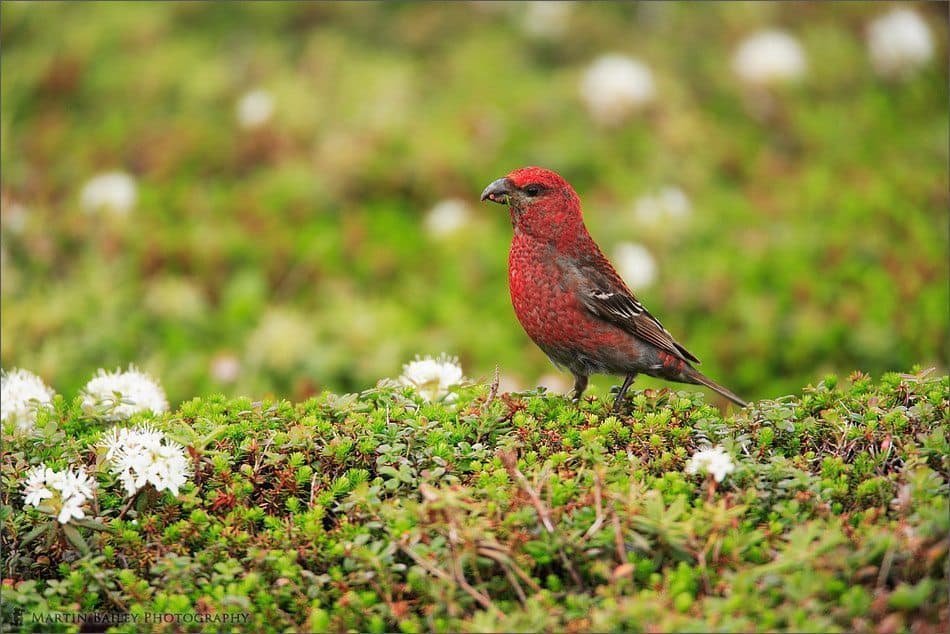
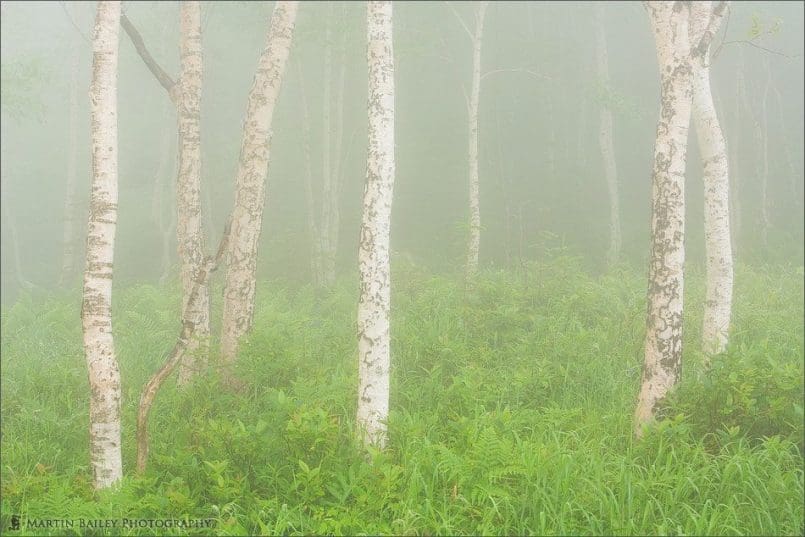
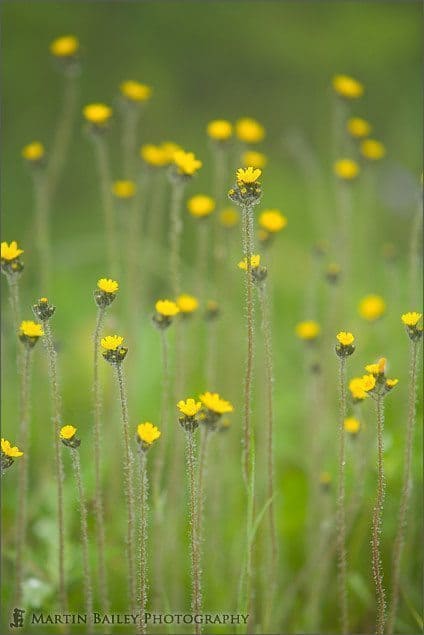
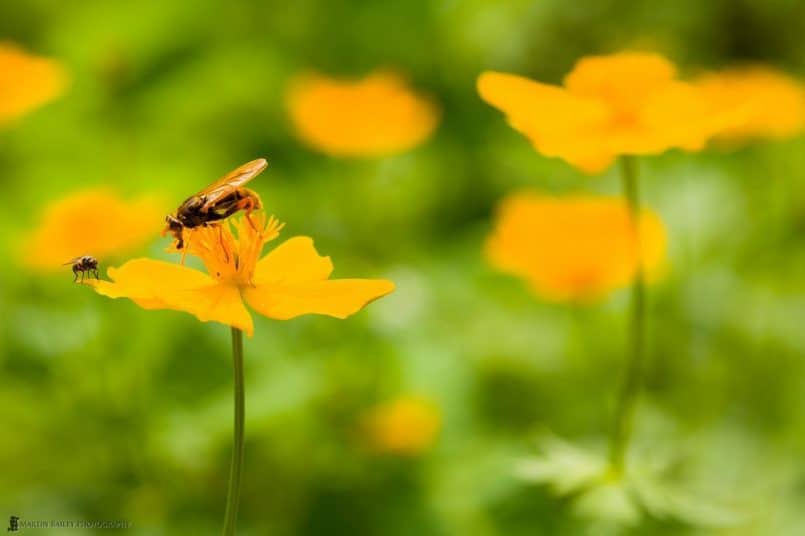
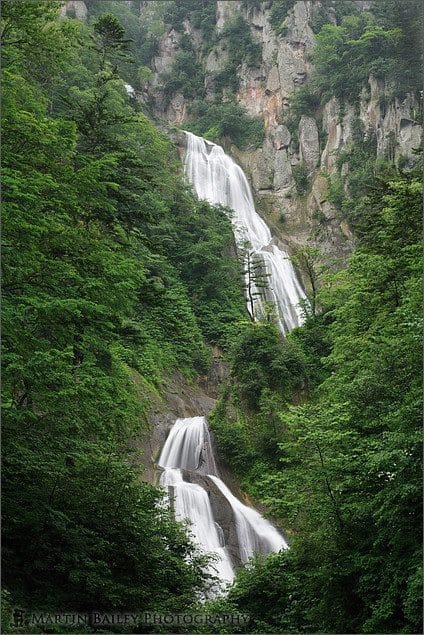
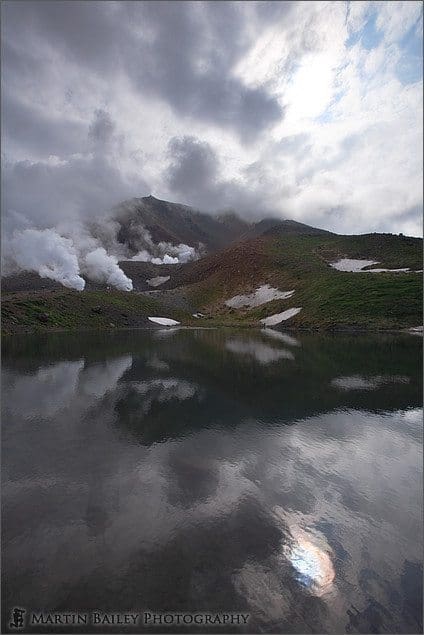

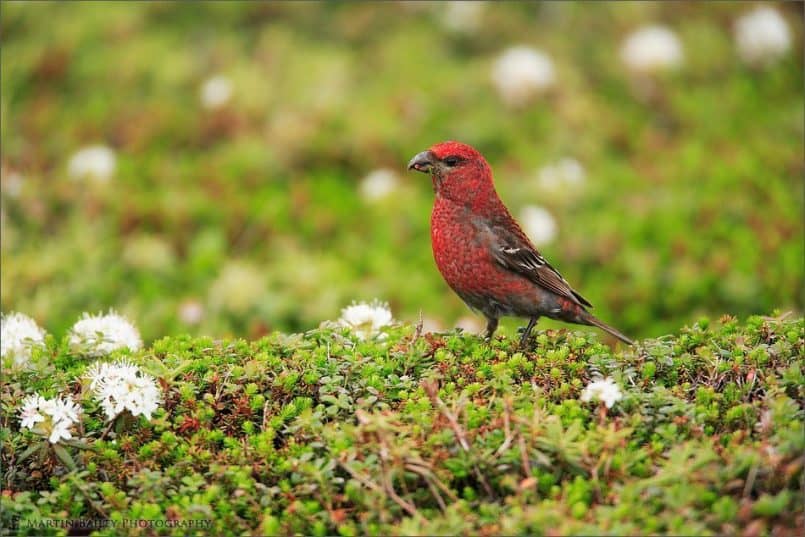
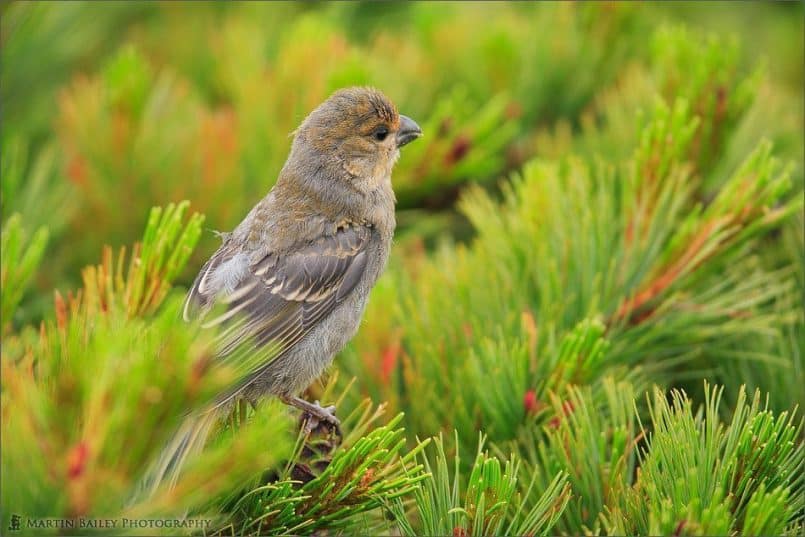
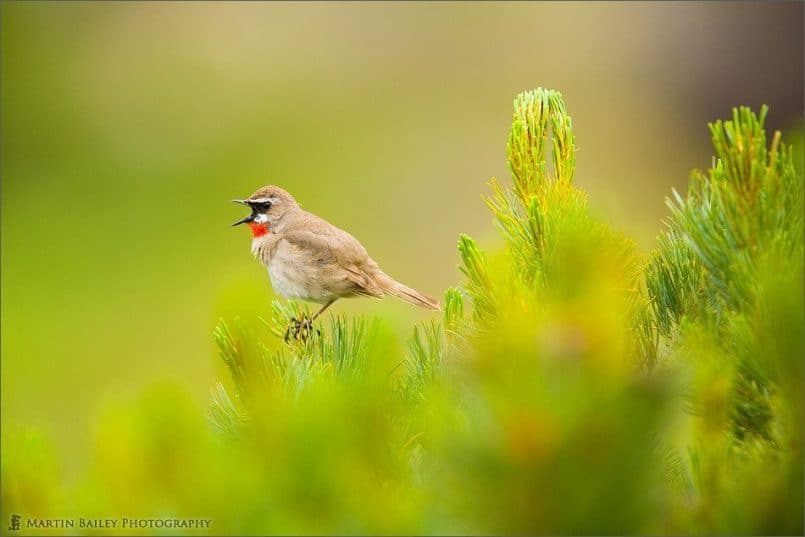

0 Comments